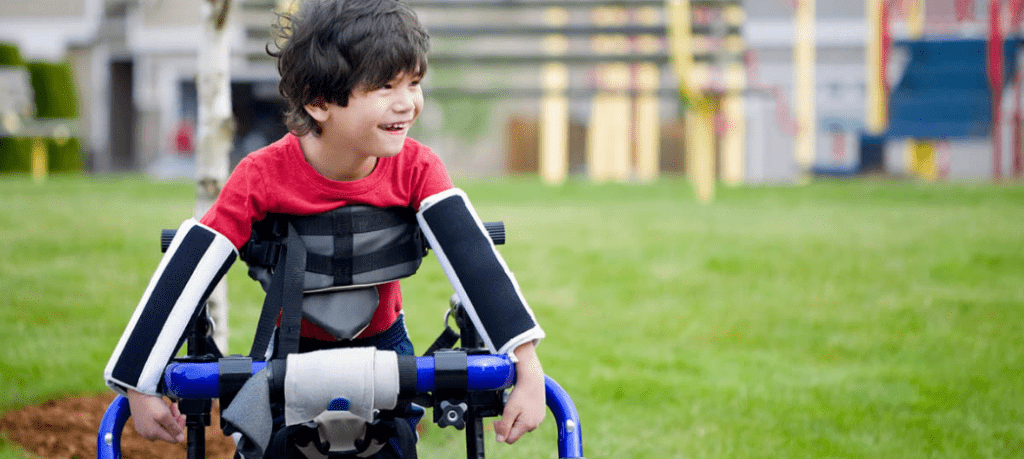
What is a Physical Disability?
The inability to use legs, arms, or the body trunk effectively because of paralysis, stiffness, pain or other impairments is common. It may be the result of birth defects, disease, or accidents. These disabilities may change from day-to-day. They may also contribute to other disabilities such as impaired speech, memory loss and hearing loss.
These are some Types of Physical Disabilities
Acquired brain injury
Acquired brain injuries are due to damage that happens to the brain after birth. They can be caused by a wide range of factors including a stroke, alcohol or drugs, infection, diseases such as Aids or Cancer, or a lack of oxygen.
It is common for many children with a brain injury to have trouble processing information, planning, and solving problems. They may also experience changes to their behaviour and personality, physical and sensory abilities, or thinking and learning.
Cerebral palsy (CP)
Cerebral palsy is typically due to an injury to the developing brain before or during birth, caused by a reduced blood supply and lack of oxygen to the brain.
Cystic fibrosis (CF)
Cystic fibrosis (CF) is an inherited genetic condition, which affects the body’s respiratory, digestive, and reproductive systems.
It specifically affects the mucus and sweat glands in the body, causing mucus to be thick and sticky. In the case of the lungs, this can clog the air passages and trap bacteria causing lung damage and recurrent infections.

Here are some specific ways to support the learning of children who have physical disabilities.
- Make it easy for children to move around in play areas.
- Use heavy, stable furniture and equipment that cannot be easily knocked over.
- Remove rugs that can be tripped over, or tape them down.
- Provide a safe place for walkers, crutches, wheelchairs so other children do not trip over them.
- Work with parents to find comfortable ways for a child to sit. A corner with two walls for support, a chair with a seat belt, or a wheelchair with a large tray across the arms are three possibilities that may help children with certain physical disabilities.
Adapt learning activities
- Provide tools that children with motor disabilities can use for grasping, holding.
- Be sure objects are age-appropriate. For example, a bean bag made from dinosaur fabric is much more appropriate for a 5-year-old than a rattle or a baby toy.
- Provide materials of different textures such as play dough, fabric swatches, ribbon, corrugated cardboard and sandpaper to stimulate the sense of touch.
- Be sure activity areas are well-lighted. Add lamps if needed.
- Plan activities to encourage all children to move all body parts. Work with parents and specialists to choose special exercises for the child, and encourage the whole class to do some of them as part of a large group activity.
- Place tape on crayons and markers to make them easier to grip.
- Secure paintbrushes into a glove, or provide paintbrushes with large knobs on the ends.
- Consider buying scissors that open automatically when squeezed, or scissors that do not require children to use finger holes.






No comment yet, add your voice below!